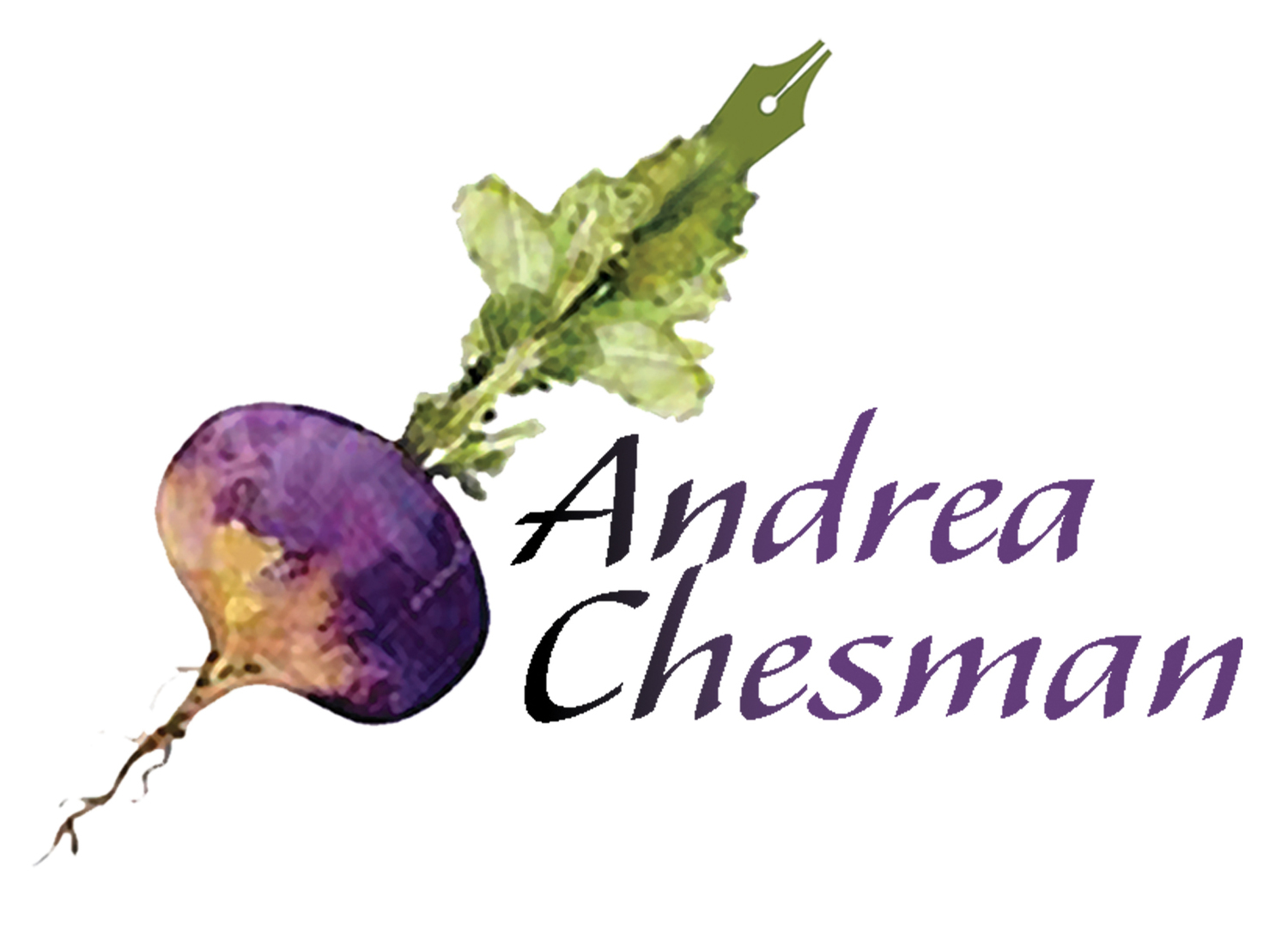I’ve been in a bit of a pickle this past year as I raced to meet a deadline to revise my 1983 book, Pickles and Relishes: From Apples to Zucchini.
When a cookbook sells well, it is pretty much inevitable that a publisher will ask the author to revise and update an older title in the hopes of breathing new sales life into a steady seller. As a cookbook writer and editor, though, I am a project person—not a process person. When I press that “Send” button on computer, I am done with a manuscript, with a specific topic. Not that I don’t still enjoy making pickles. But that book, my first book, was done and it took me a while to get enthusiastic about revising it.
Much has changed in the intervening years.
I grew up on kosher dills and stories of my great-grandfather’s crocks of sauerkraut that bubbled in the attic all through the winter. When I asked my grandmother how to make pickles, she said to put the cucumbers in a crock with water and dill and add enough salt until it is just before you gag. Turns out, I gag easily. Without enough salt to kill spoilage bacteria, the cucumbers were a stinky, slimy mess in no time.
I learned how to make pickles from books and talking with older Vermonters. I was part of the back-to-the-land movement, and I think the neighbors got a kick out of the young hippies who asked endless questions and didn’t seem to have much in the way of commonsense.
Today there is the Internet, and recipes and how-to videos proliferate. Farmers’ markets bring pickle-worthy produce to urban areas, separating pickling from gardening. Many of today’s pickle makers are more interested in creating intensely flavored, fermented foods rather than in preserving food for the coming winter.
Here’s a recipe for kosher dill pickles. I love the way they squeak as I eat them.
 Full Sour Dill Pickles
Full Sour Dill Pickles
Full Sour Kosher Dills
Makes 1 gallon
The secret to full sour pickles is to have a salty enough brine (5 percent is fairly standard) to enable a long, slow fermentation. Cleanliness is critical here, as are daily checks to remove any scum that might form. Pickles must be submerged in the brine. These pickles will be salty, but not too salty to enjoy. If you decrease the salt, the pickles will be fine, but will not keep as long.
12 cups water
9 tablespoons pickling or fine sea salt
1 whole head garlic, cloves separated and peeled
3 tablespoons dill seeds
4 dill heads or 24 sprigs fresh dill
2 tablespoons mixed pickling spices
1 gallon whole pickling cucumbers
1. Heat the water and salt until the salt is fully dissolved. Let cool to room temperature.
2. Put the garlic, dill seeds, dill heads, and mixed pickling spices in a 1-gallon jar or crock. Slice off the blossom end from the cucumbers and pack into the jar. Pour the cooled brine over the cucumbers; you will not need all of it. Set aside any extra in a covered jar. Weight the cucumbers so they are submerged under the brine. Add more brine if needed to cover the pickles. Cover the crock to exclude air.
3. Set the crock in a cool place for 24 hours. It should be set in a place where it can overflow with damage to the floor. (I set my crock in a plastic crate.) Check on the pickles. The level of the brine may be even higher, which is fine. If you press on the weight, bubbles should rise. Skim off any foam that forms.
4. Check the crock daily, skimming off any foam. When fermentation tapers off, after 1 to 2 weeks, taste a pickle. When it is pleasantly sour, the pickle is ready for storage. At this point, you can make up fresh brine, or use the liquid in the crock. Refrigerate for best keeping qualities.
Kitchen Notes
You probably won’t use all the brine, but it is handy to have extra on hand if needed. How much brine and how many cucumbers you can fit in your crock depends on the shape of the crock, the size and shape of the cucumbers, and how tightly you packed the crock.
